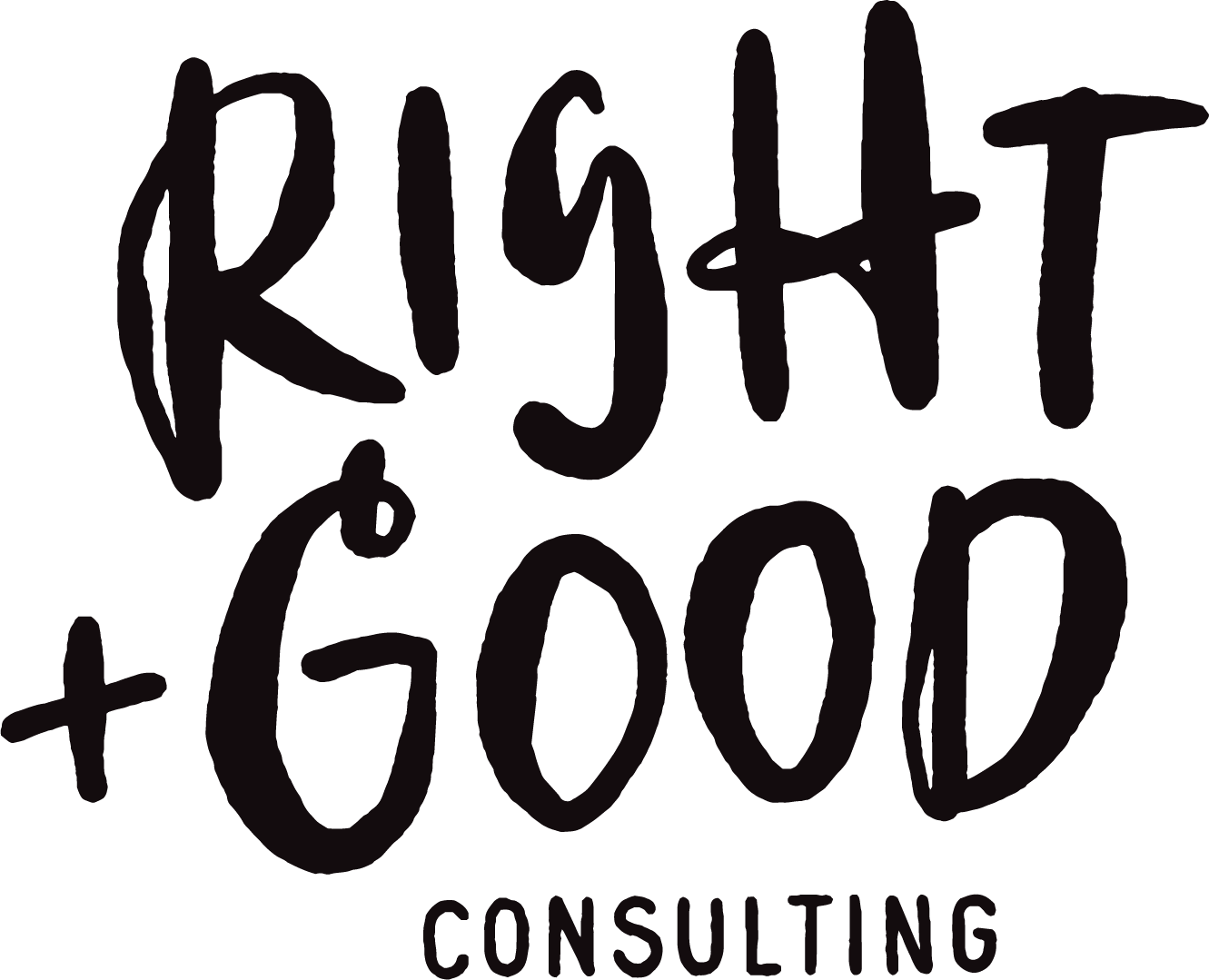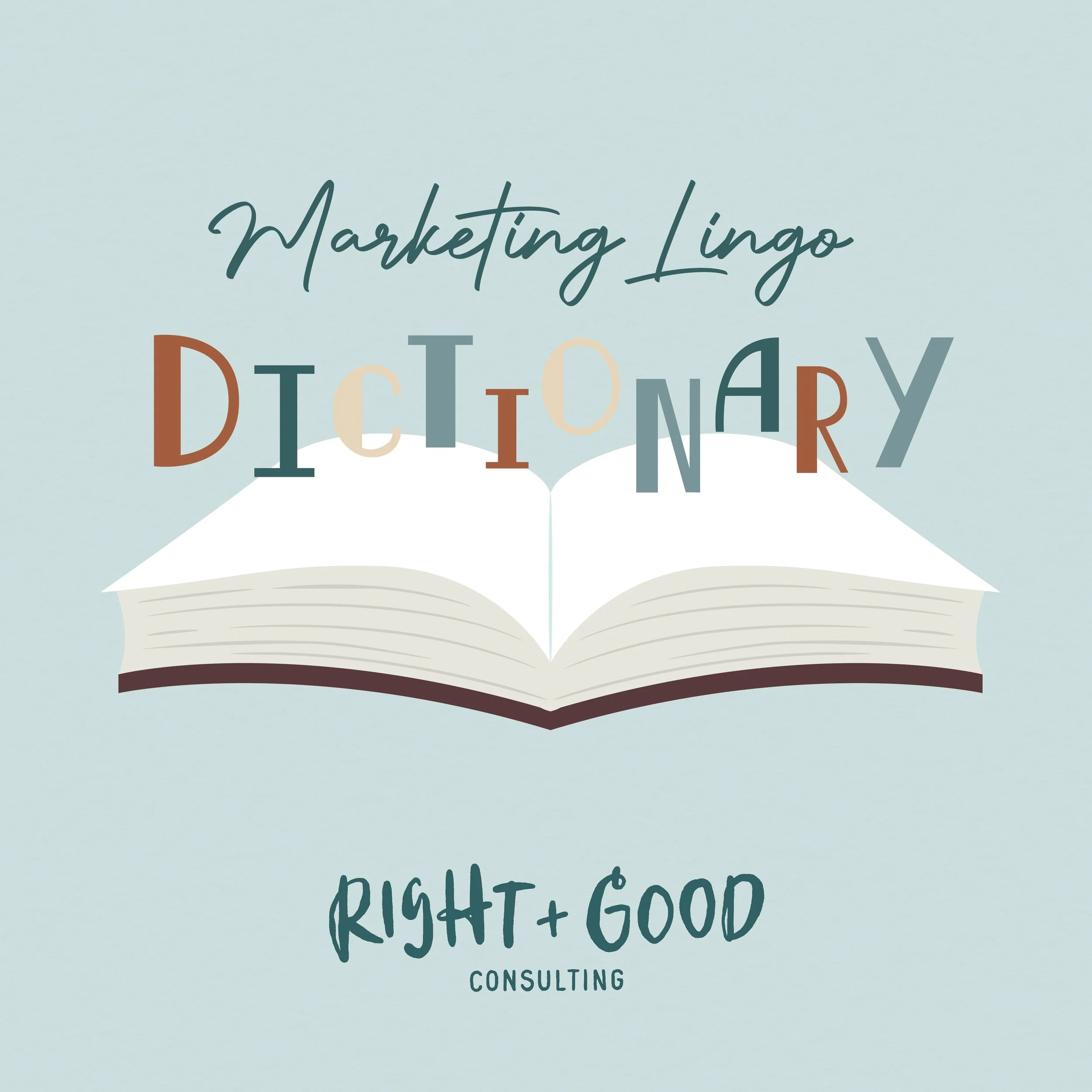Social media isn’t everything - how to set up an effective content calendar for social impact
Social media is important
Looking around, it’s tempting to believe that social media is the most important part of your marketing strategy.
It’s everywhere.
And it’s not not important–it’s just not everything.
Social media connects you with your audience in a real-time, personal way. You get to show your creative side, promote your brand, and talk about your values.
The best social media is authentic, personal and helpful.
But getting caught up in the idea that social media is the key to your success does your business and your customers a disservice.
Because likes don’t equal sales.
Spending all your time doing it for the ‘gram isn’t moving the needle on your organizational growth.
Social media should be a part of your outreach model, but not the whole part–not even the biggest part.
So how do you maintain a social media presence without spending all your time posting?
A content calendar.
What is a content calendar?
Wouldn’t it be nice to have all of your social media posts planned out and organized?
How much time would you save?
A content (or editorial) calendar is a big-picture strategy tool that streamlines your social media posts (as well as all of your other marketing assets like emails and events) and keeps them cohesive.
You can use a spreadsheet, a calendar or whatever you want to plan out your posts. If you’re using a social media management app, they usually have a content calendar included, which is a huge time saver!
On your calendar, you’ll note when a post needs to be scheduled, what platform it’s going on, the post itself (or what it’s about), any images or videos that go with it and any relevant tags or links.
Using your content calendar you can plan out your social media strategy weeks in advance, giving you the opportunity to write posts well ahead of time. You’ll always have content available and you’ll know your posts are telling the right story–not jumping around all over the place.
How to set up a social media calendar
Pick your calendar format. Decide what works best for you–spreadsheet, calendar, interactive tool, you name it.
Take a look at your social networks and content. Are you posting as much as you need to or want to? What kind of content do you post most often? What type of posts have the most engagement? Having a good overview of your posting style and frequency helps you figure out how much content you need to create each month.
Choose your platforms. As tempting as it is to have a presence on every available channel, most people can’t keep up with that level of content creation. It’s better to be really solid on 2-3 platforms than be inconsistent on all of them.
Set up a shared content library. Designate a place where your images and videos live–and make sure it’s accessible to anyone who needs it.
Make a schedule. Set days and times to plan and approve content. Even if it’s just you–having regular content planning days will help you keep on top of posting.
Start making content! You’ve planned what you want to talk about and how often you want to post–now you’re ready to create.
How can a social media content calendar help me?
It’s a giant time-saver! Setting up your content calendar and banking your first posts will take some time. But after that, you’re ahead of the game. By creating content upfront you’ll never be scrambling for something to post. You’ll have posts to draw from all month–and you’ll have it all organized.
You’ll post more consistently. Your calendar will keep you on track to regular posting–no more ghosting your audience for a couple of weeks because you didn’t have any content ready. And with the calendar, you can move things around to accommodate any content that is time-sensitive.
You won’t miss important events. When you plan your content calendar, keep in mind any significant dates or themes that you want to address. Highlighting Black History Month in February, or making sure to post something about Earth Day, for example. Just make sure you’re posting about issues or causes you really care about and are active with.
You’ll make fewer mistakes. By creating content ahead of time, you’re able to go back for a final review before posting–or have a second set of eyes on your posts. You’ll catch typos and misinformation before the post goes live–and you’ll be able to double-check that your post isn’t saying something tone-deaf or inadvertently offensive. Planning ahead helps everyone be more aware of how the content integrates with current events, relevancy and cultural competency.
Your social media strategy will level up. By being efficient and streamlining your posting process, you’ll have more time to devote to strategy. Rolling out a more ambitious plan is less daunting when you’ve got your process locked down. You’ll also make higher quality content because you have a clear path laid out for you, and you don’t have to rush through the creative process.
You can track it and tweak it. When tracking your analytics (you are tracking those, right?), it’s easy to go back through your content calendar and see what you were posting during times of heavy engagement. Or see what didn’t work. Going forward you can make the appropriate adjustments to your strategy.
You get to talk directly to your people. Committing to being on social media should also be a commitment to engaging with your audience. You’re having a conversation, not talking at them. Be prepared to respond! Planning your content ahead of time lets you anticipate questions or objections you might encounter.
Takeaways
Creating a social media content calendar from scratch can be intimidating, but it’s easily doable. You’ll spend some time upfront, but the time savings later are worth it! And don’t forget–if you use social media scheduling software it most likely has a content calendar feature.
Follow these helpful guidelines:
Make it work for you. Not everyone is a spreadsheet person! Use something you know you’ll stick with and make it as simple as possible. Think about who will be using it, where it’s easy to access and when it’s the most important source of truth for your team.
Be proactive. Keep your schedule–plan your content and get it created in advance. Life tends to happen and having content ready to go will make things much easier.
Review before posting! Always take one last look before your content goes live. Just in case. And just know, mistakes are going to happen! It’s ok–you can always fix it. Or, look at it as an opportunity to be authentic with your audience. It’s nice to know that everyone makes mistakes.
If you’re already struggling with creating content, figuring out a market strategy or getting your team on board, don’t worry–we’ve got you covered. We would love to help you create a brand strategy that showcases your authenticity, your values and the unique story you have to tell.
Marketing Lingo Dictionary
Content–What you put out into the world. Social media posts, blogs, marketing emails–whatever you create for other people to see is content.
Content library–Where you keep your content. It could be a Google doc, spreadsheet or desktop folder where you store your post captions, images, blog posts, and ideas.
Channel–How your message is getting out there. Are you posting on social media, running ads, doing email campaigns or sending emails? Each of these is a channel.
Copy–The writing that inspires your audience to take action. The text on your website, your emails, your sales pages or fundraising pitches–all copy.
Asset–Anything you use to help promote yourself. Your assets could include brand images, videos, printed materials, infographics or anything you use for marketing.
Engagement–How you interact with your audience. Whether it’s being active and available on social media, directly speaking with people, responding to emails–any contact you have with customers is engagement.

